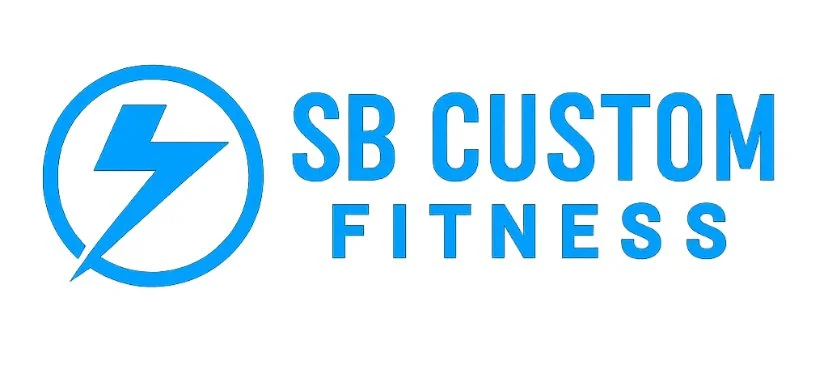Biohacking Your Fitness: The Future of EMS Training
Efficiency matters when it comes to staying strong, mobile, and consistent. With busy schedules and evolving wellness goals, more people are looking for training methods that deliver results without added complexity. One approach rising in popularity is muscle stimulation.
It’s being used in strength programs, post-workout routines, and smart training systems designed for real-life use. But what exactly is electrical muscle stimulation, and why is it becoming part of so many fitness conversations? Let’s take a closer look.
What Is Electrical Muscle Stimulation?
Electro muscle stimulation involves activating muscles using external signals instead of relying solely on the brain’s natural impulses. This method delivers targeted stimulation to specific muscle groups, helping the body engage more efficiently during training or recovery.
In fitness, this approach often takes the form of electrical muscle stimulation, or EMS. It uses low-frequency impulses to prompt controlled muscle contractions. These aren’t random or jarring—they follow structured patterns that align with movement goals. EMS muscle stimulation adds focused support to strength routines, helping users stay consistent and intentional without overloading their bodies.
How Electrical Muscle Stimulation Works
Systems like our SQAI EMS Suit help everything work together to make the experience structured and easy to follow.
The Power Box sends the impulses, the Electrode Pads deliver them to your muscles, and the Base Layer helps conduct that energy where it’s needed. It also acts as a sweat barrier, keeping moisture out of the suit. The SQAI App walks you through each session, making it easy to adjust the intensity, timing, and focus based on your goals.
One of the key advantages of EMS is its ability to engage both fast-twitch and slow-twitch muscle fibers. Traditional training tends to target these fibers differently depending on the type of movement or load. EMS allows for simultaneous activation, which can support strength, endurance, and muscle balance all in a single session.
Because the stimulation bypasses the joints and focuses directly on the muscles, it also allows for neuromuscular re-education, helping improve the connection between your brain and body. This can be especially useful for people working to improve coordination, posture, or body awareness.
EMS muscle stimulation reaches both deep and surface-level muscles at the same time. That means you can get more out of each session without overloading your joints or relying on high-impact movement. It’s a smart, efficient way to stay consistent with training and recovery.
The Benefits of EMS Muscle Stimulation
Electrical muscle stimulation benefits go beyond just activating muscles. When used with structure and consistency, EMS can support a wide range of goals—from building strength to easing post-workout fatigue. It’s a practical tool for people who want more out of each session without adding more to their schedule.
Smarter Strength Training
EMS helps improve muscle engagement by activating multiple muscle groups at once. This leads to more efficient training, especially when time is limited. It can support better balance, core strength, and overall muscle endurance without the need for heavy weights or high-impact movement.
Support for Recovery
After a workout, EMS can help promote circulation and ease tension in tired muscles. The steady contractions can assist with flushing out built-up waste in the muscle tissue and encourage a smoother recovery process. This is especially helpful when you're training consistently.
Consistency Without Burnout
One of the biggest electrical muscle stimulation benefits is how it supports long-term consistency. EMS allows you to stay active without pushing your body past its limits. It fits into everyday life, making it easier to stick to a routine that builds strength, supports recovery, and respects your time.
Is EMS Right for Everyone?
EMS works well for people who value structure, efficiency, and balance in their routines. It’s not limited to one type of user. Some rely on it to complement other forms of training, while others use it to stay active without spending extra time at the gym.
What sets EMS apart is how adaptable it is. You can train with intention while keeping the pressure off your joints and staying mindful of your body’s limits. It supports progress at your own pace, whether you're focused on building strength, staying mobile, or simply keeping a consistent rhythm.
If your goals include smarter movement, better recovery, or a more guided approach to training, EMS can fit naturally into your routine without disrupting it.
How SQAI Brings It All Together
The SQAI system was built to remove the guesswork from training and recovery. It combines science-backed muscle stimulation with a guided experience that helps users stay focused and consistent. Every session is designed to deliver real value, without adding complexity or demanding more time than you can give.
What makes SQAI different is its focus on structure. From guided warmups to automated cooldowns, the system ensures each phase of your workout is efficient and intentional. The appprovides directions, and the suit handles the delivery. You’re free to focus on showing up and following through.
This all-in-one approach supports people who want to train smarter, stay mobile, and feel stronger—without compromising on safety, quality, or time. It’s fitness that fits into real life and meets you where you are, every step of the way.
Smarter Training Starts Here
Progress doesn’t have to come from pushing harder. It can come from training with more intention, recovering with purpose, and choosing tools that support your goals without adding noise. EMS offers a way to stay consistent, build strength, and protect your time all through a system that works with your body, not against it.
Strength. Recovery. Longevity. All in One Suit.
Explore the SQAI EMS Suit and bring structured muscle stimulation into your routine. Your next step forward starts here.


